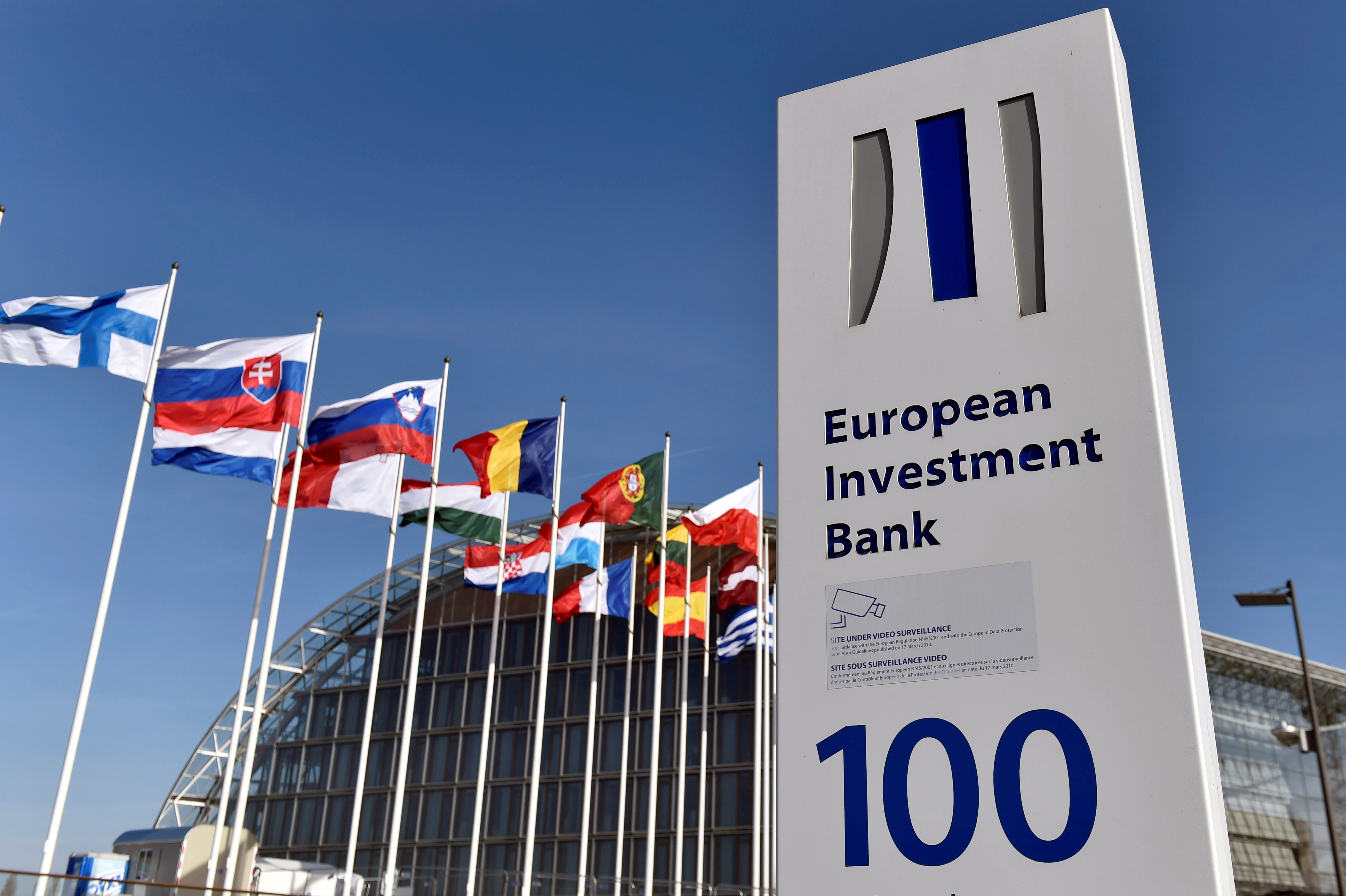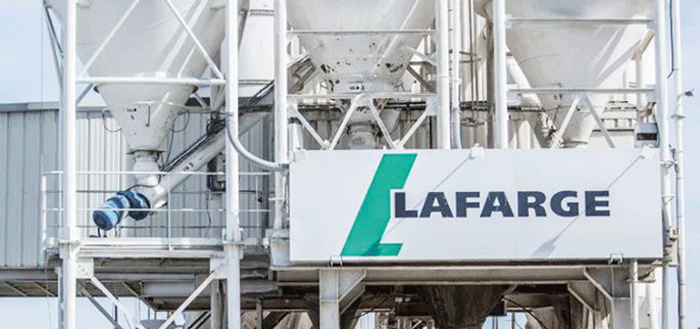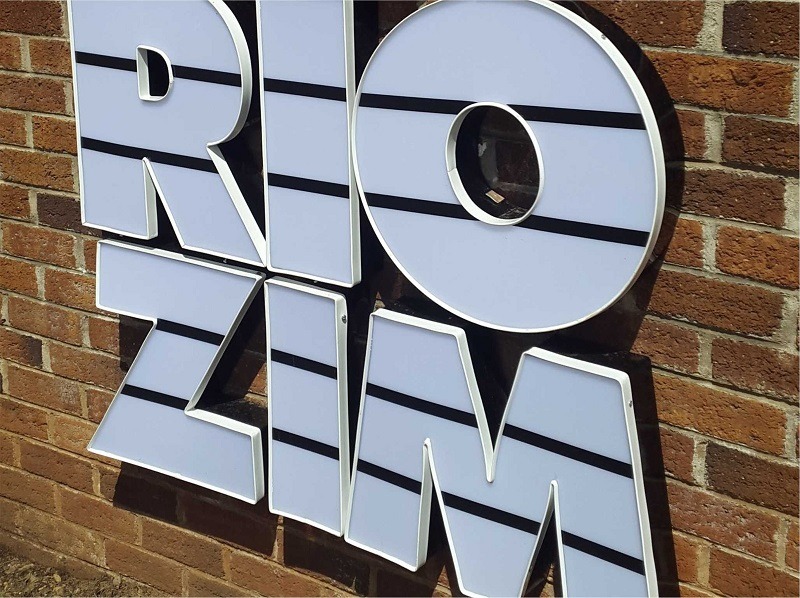Zimbabwe's berries sub-sector is rewriting the story of the country's horticultural industry, with export earnings surging by an astonishing 351 percent from US$11 million in 2020 to over US$50 million in 2024, according to data released by ZimTrade from TradeMap 2025.
The leap in earnings is matched by an increase in export volumes, which rose from 2,503 tonnes in 2020 to 6,240 tonnes last year. The impressive figures underline the rapid expansion of the sector, particularly the flourishing blueberry industry, which has become the cornerstone of this export growth.
Leading the pack in terms of buyers was the Netherlands, which accounted for 29 percent of the earnings in 2024, importing US$14.5 million worth of berries. Hong Kong, China followed with US$10.9 million (22 percent), while Germany imported US$7.2 million (14 percent). Though third in volume, Hong Kong climbed to second place in value due to superior pricing, paying an average of US$14 per kilogramme. Singapore and Germany trailed with US$12 and US$9 per kilogramme respectively.
The berries category includes cranberries, mulberries, blueberries, strawberries, and raspberries. However, it is the blueberry sub-sector that is driving the charge, growing at a compound annual growth rate of 34.3 percent. Zimbabwe's blueberry industry, which started with trial plantings in 2008, only entered the global commercial scene in 2017. Since then, the growth has been exponential, with export revenue rising from a modest US$1 million in 2018 to a remarkable US$50 million last year.
"This year marks a proud milestone for the HDC, as we celebrate five years of championing Zimbabwe's export horticulture industry," said the Horticultural Development Council (HDC) in its April 2025 update. "We have grown from an ambitious idea into a driving force to realise Zimbabwe's horticultural potential."
Projections for 2025 suggest a further 25 percent increase in blueberry exports, from 8,000 tonnes last year to 10,000 tonnes. The HDC attributed this growth to plant maturity and increased yields rather than the expansion of acreage.
Despite the optimism, the council noted that the industry's full potential is being curtailed by high borrowing costs, inconsistent policies, and restricted access to lucrative Asian markets like China and India. To address these challenges, Zimbabwe's National Plant Protection Organisation (NPPO) under the Department of Research and Specialist Services (DR&SS) has submitted a pest risk analysis to Chinese customs and is now awaiting feedback to potentially unlock new export opportunities.
Zimbabwe's competitive edge lies in the superior quality and taste of its blueberries, along with its advantageous production calendar. The country benefits from an out-of-season export window that gives it a three-to-eight-week head start over major suppliers such as Peru and Eastern Europe.
With strong global demand for health-conscious produce and the right mix of policy support, investment, and market access, Zimbabwe's blueberry industry is poised for even greater growth. The HDC has set its sights on increasing blueberry exports to 30,000 tonnes by 2030, a target that could transform the country into a significant player on the global berry map.
- the herald
 Concern over Masvingo black market
Concern over Masvingo black market  Kenya declares three days of mourning for Mugabe
Kenya declares three days of mourning for Mugabe  UK's Boris Johnson quits over Brexit stretegy
UK's Boris Johnson quits over Brexit stretegy  SecZim licences VFEX
SecZim licences VFEX  Zimbabwe abandons debt relief initiative
Zimbabwe abandons debt relief initiative  European Investment Bank warms up to Zimbabwe
European Investment Bank warms up to Zimbabwe  Young Investment Professional (YIP) Graduate Programme 2019
Young Investment Professional (YIP) Graduate Programme 2019 










 Young Investment Professional (YIP) Graduate Programme 2019
Young Investment Professional (YIP) Graduate Programme 2019
Editor's Pick